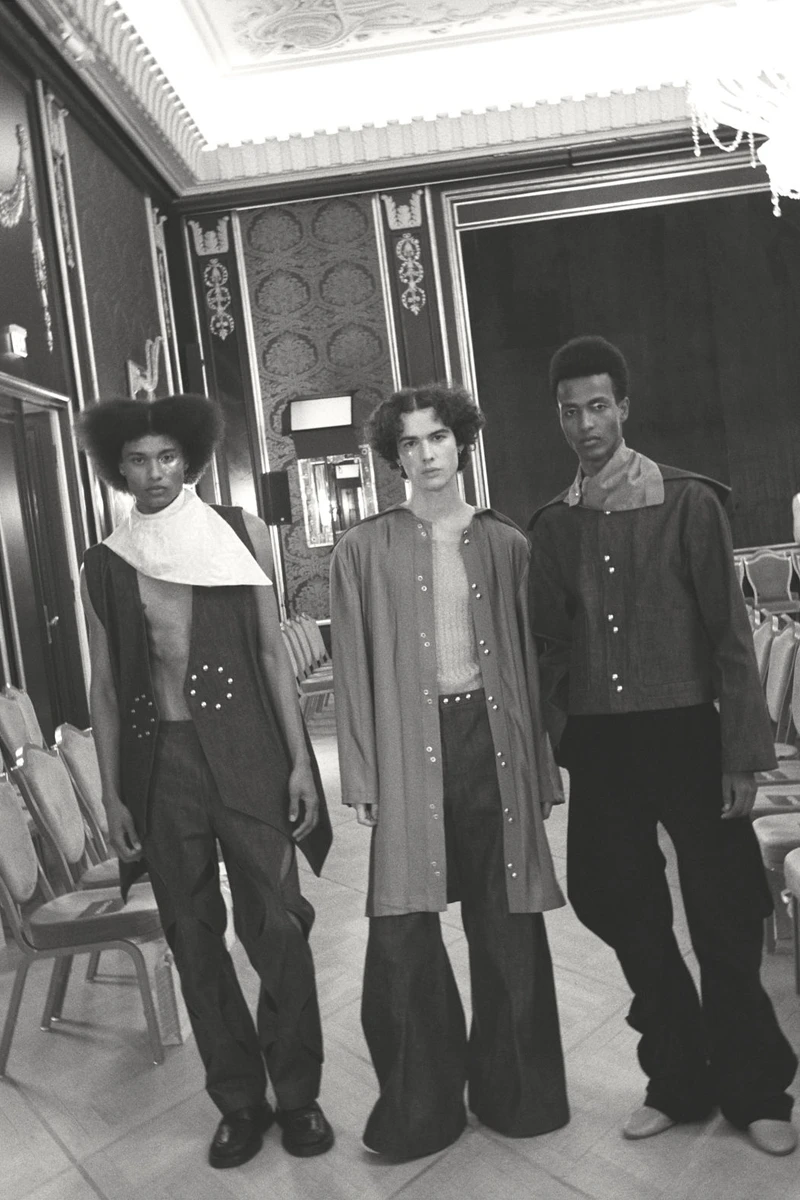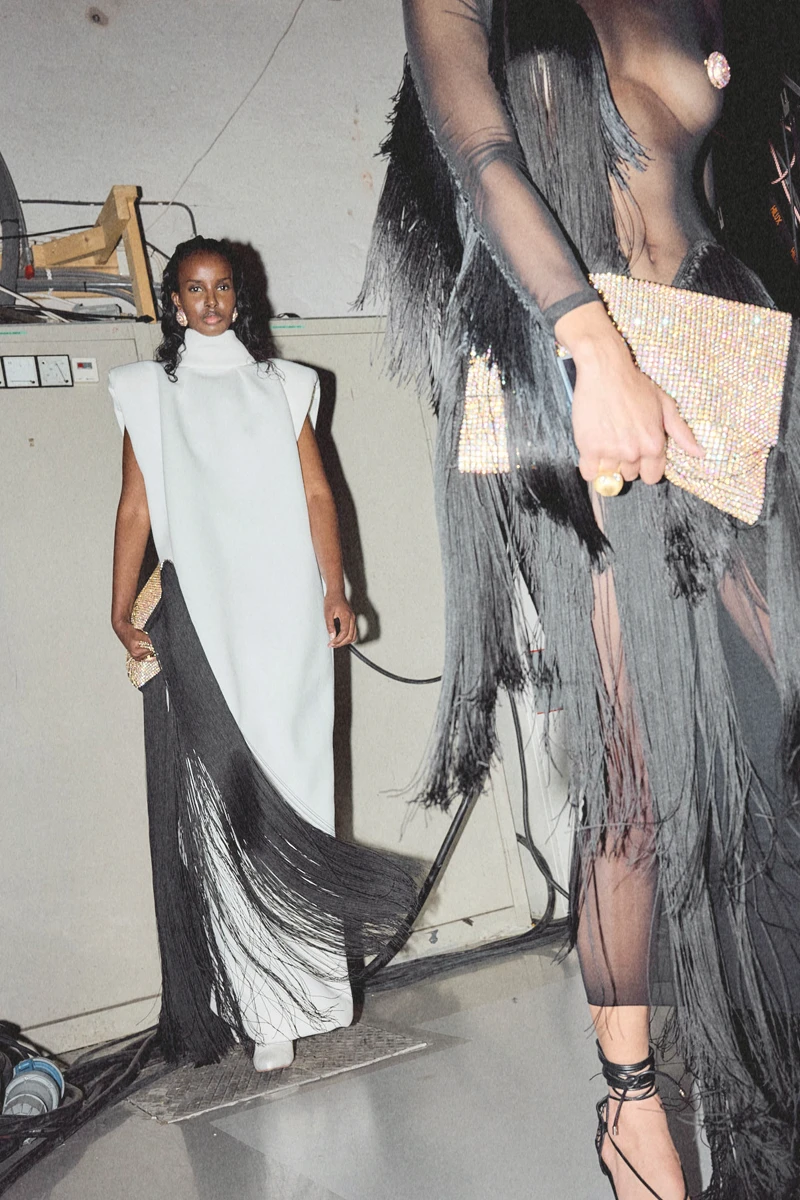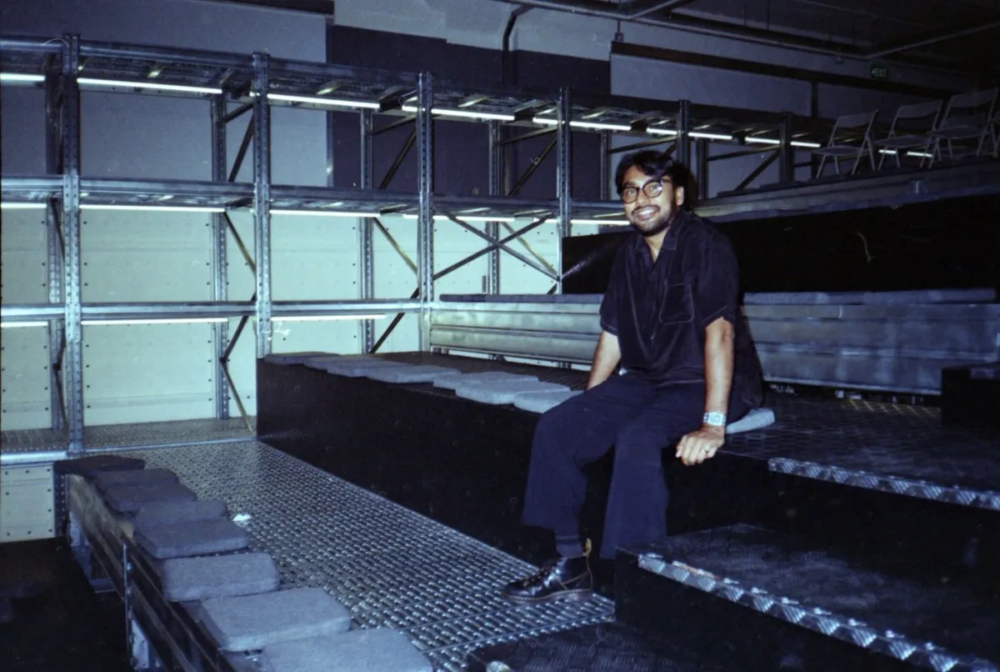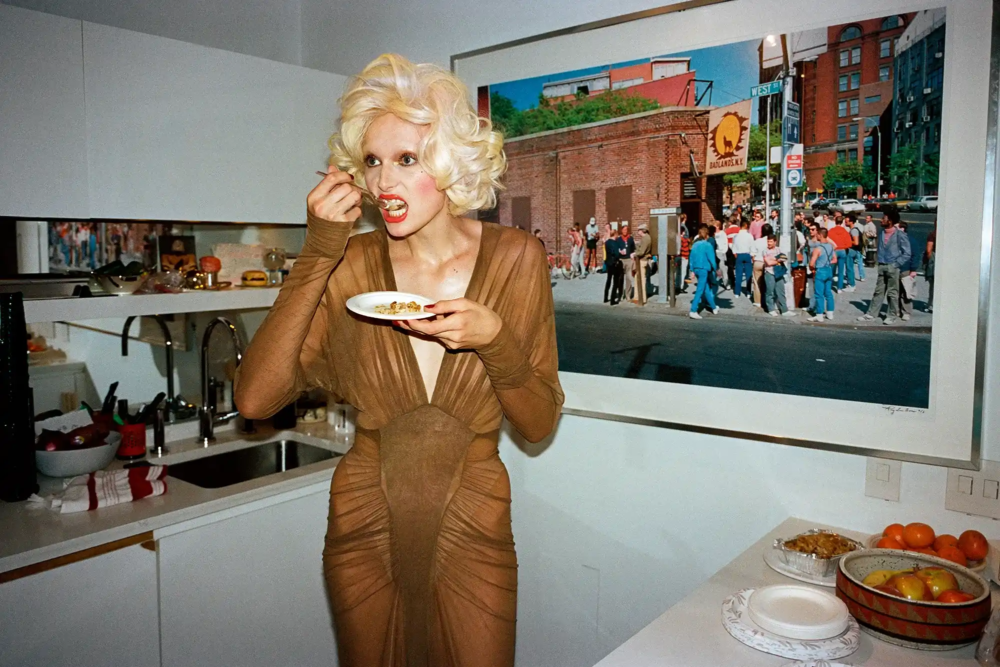
Oslo positions itself as a circular fashion city
Overshadowed by Copenhagen, Oslo is emerging as a city for circular fashion, focused on sustainable textile industry – against the backdrop of Norway’s dependence on oil and gas
Compared to fellow emerging fashion cities Copenhagen and Berlin, Oslo’s style can seem conventional—sometimes even stiff. Yet, when it comes to sustainability and the circular economie, both the city and the country, Norway, are notably progressive. Oslo Runway has now implemented official sustainability requirements, akin to those in Germany and Denmark, raising the question: Is Norway leading the way in circular fashion?Overshadowed by Copenhagen, Oslo is emerging as a city for circular fashion, focused on sustainable textile industry, with convincing initiatives – against the backdrop of Norway’s dependence on oil and gas
Oslo Runway 2024 opens with Edvard Munch’s radical spirit
For the private opening ceremony of Oslo Runway’s 2024, Norway’s fashion crowd, padded with a few foreign faces, gathers for a seated dinner at Grand Café Oslo, where, in the late 19th century, elites did the same. But “classical” this hub is not. The Grand Café, where artists, writers, and politicians chewed over women’s rights and free love, was a place where dinners were paid for with words and art, reminds Sunniva Hartgen, Head of Fashion at Oslo Runway. In her opening remarks, she talks of the painter Edvard Munch, who once tried to trade his now-priceless Sick Child for 100 steaks. «Considered an amateur with unfinished works, Munch found his tribe among the bohemians of Kristiania [name of the city before it was changed in 1925]», she says driving home a point for this and future Norwegian fashion weeks—brands must become radically more sustainable to fit into the circular economy.
Emerging designers represent classic and grittier Norwegian scenes
Oslo Runway has been growing in both prominence and scale since the agency Patriksson took over its organization following the Covid pandemic. The 2024 lineup includes 34 shows and presentations, featuring established brands like ByTimo, which performs well internationally, heritage knitwear brands, and emerging talent such as 21-year-old Mads Søreide (atelier Cohmé), who taught himself to sew from his parental home and presented a refined, couture collection for his first season.
The next generation of designers also emerges from Oslo’s grittier side, where the techno scene lives on in venues like Hausmania, an off-the-grid club taken over by anarchists. Street-style photographer Ignat Wiig speaks of forest raves that occur regularly just outside of the city borders. Newcomer brand 1313 Selah aligns with this more intense ambiance. Designers Tomas Silva, Duy Ngo, and Erik Spanne claimed about two hours for their meditative fashion experience in a dark blue, misty hall: slow-moving male models in oversized looks with contact lenses that constrict their pupils.
«We want the brand to be emotional and reflect the story of the people we grew up with. We don’t want to present a story of a happy life because that’s not the story we’ve lived», they explain. The trio incorporates autobiographical and musical references, using street-style elements like the durag to emphasize roughness, which is then softened by a meditative show that evokes an almost angelic quality, as they explain after the show. «It’s not easy to grow up in this multicultural environment—everyone is so tough. If we address topics like self-hate and mental health, maybe it helps someone».
Celine Aagaard, a known Norwegian sustainability pioneer, also challenged conventions with her presentation for Envelope1976. In a cultural church, she showcased various atypical ceremonies, including a business couple in tuxedos marrying themselves and a black-veiled man in leather pants. Most models walked barefoot.
Elin Carlsen, CEO Oslo Runway, on Oslo’s official requirements towards a sustainable textile industry
For the 2024 season, brands were required to adhere to 18 minimum sustainability requirements, to fit future circular economies, following the system initiated in Copenhagen, or they would be excluded from the official schedule. To date, this has not occurred, confirms CEO Elin Carlsen, who had concerns about the implementation—Copenhagen hás faced challenges, and the industry tends to be quite secretive about those brands that struggle. «Because it’s the worst possible branding these days», she notes. Carlsen indicates that the organization has put significant effort into guiding brands to help them meet their targets.
«We have learned that brands are generally on track with materials [Oslo Runway 2024 saw a lot of deadstock, natural fibers, and local sourcing]. Regarding circularity, they are good at implementing systems locally, such as repairs from their ateliers, but not at scale, through digital platforms, because it’s not profitable, which is more an industry issue», she explains.
Overproduction remains a challenge, as Lampoon learns from several designers, including Tarinii Martinsen of the namesake menswear label. «Last season, I wanted to produce everything made-to-order, but this time I’ll produce small deadstock collections to sell to stores. I hope that pre-ordering is the future, but it didn’t work out—my lead time was short, with two to three weeks, but people aren’t used to it; they aren’t ready.»
According to Carlsen, the requirements weighed heavily on the agendas of both Oslo Runway and the designers, involving webinars on sustainable design, feedback sessions, dialogue with brands to monitor progress, and thorough documentation. The idea is that these efforts ultimately benefit the industry by developing local structures that support brands, explains Carlsen. «We presented the sustainability needs of the brands to the Norwegian Fashion Hub based on what brands reported to us, such as the need for workshops on specific topics or templates to inform codes of conduct.»
For example, few brands had a diversity policy. Elin notes that this has been one of the biggest challenges for Oslo Runway 2024, which has been addressed with the organization’s guidance. Standard policies have been created, implemented, and endorsed by the board. Indeed, model casting was visibly more progressive in terms of age, gender, and ethnic features compared to 2023.
Next year, the requirements will become stricter, and additional funding for implementation may be available. Innovation Norway has invested 20 million Norwegian Krona in the export of the Nordic design industry, including fashion. «All design industries are fighting for the money.»
Norwegian designers exploring the sustainable textile industry: re-dyeing ecoprinting, and repurposed materials
Oslo Runway 2024 showed some compelling sustainability stories. At 1313 Selah, leftover denim pieces from last year were re-dyed. Due to consistency in form («We believe in our shapes, so we stick with them»), each item can be repurposed, preventing overproduction in reverse.
Christian Aks, who grew up in nature just outside the city, used no synthetic fibers—mostly wool, cotton, and linen. He colored his pieces using ecoprinting and hand-pressed flowers folded between layers of organza. «It’s an old technique re-explored. Eventually, the flowers will fade and change color, evolving over time, which is a good thing».
Johanna Lundell, who selects her fragile muses to bring Nordic folk into the present, creates modern costumes with lace and bows from repurposed, locally sourced materials in her Oslo-based studio. Similarly, Pearl Octopuss.y, a half-jewelry, half-clothing label by Cathrine Boerter, remanufactures all blazers, which she handpicks herself or sources via selective secondhand suppliers. «A simple black blazer is quite easy to find.» The bags are made from leather remnants from Kupp Tekstil, a fabric store in the city. Some pieces are composed of so many parts that their production becomes a mosaic.

Much of Norwegian fashion design is influenced by materials, particularly the country’s relationship with wool. These Norwegian knitwear brands tend to leaders in the circular economy. All monogrammed garments in Woodling’s 2024 collection, presented with a show that ended in a tableau vivant, are made from 100% locally spun Norwegian wool. Other models are mixed with Italian and Peruvian alpaca wool, knitted in Norway at Sandnes Garn. The biggest challenge is making the wool soft, explains designer Siv Elise Seland, which is achieved through softeners and a knitting technique that align the fibers parallel rather than crossing them. The company owns six of these knitting machines. 3D techniques are used to minimize waste.
Knitwear brands pioneering sustainable fashion in Norway
3D techniques are also standard at O.A.D., a young line under heritage brand Devold, whose presentation at Oslo Runway focused on incremental sustainable innovation. Maria Flakk, Creative Director, closely monitors legislation and sometimes disagrees with it, such as the preference for recycled plastic over natural fibers. She views sustainability as the outcome of long-term relationships with Devold’s suppliers, who still have irreplaceable, slow-quality machines and staff who understands how they operate.
«Because we work with the same producers long term, we can experiment with innovative fibers and colors. OAD might not be the coolest brand around, and that’s fine as long as we honor national fibers that stand the test of time. Many brands use the term luxury loosely, but for me, it’s about yak and cashmere, drinking champagne, eating tørrfisk [dried fish], and standing firm like a mountain amidst the buzz and fanfare of the fashion system.»
David Wilkinsons, Steen & Strøm about the expansion of Norwegian fashion
As with other fashion weeks that start drawing global attention, Oslo Runway primarily serves as a springboard rather than a showcase for major brands that already have international appeal and markets. How substantial are Norway’s relatively sustainable brands outside of this designated week?
David Wilkinsons, director of the 200-year-old department store Steen & Strøm: «Oslo is still in the early stages of developing as a fashion hub. There are some great examples of Norwegian brands that have reached an international audience: Holzweiler, New Movements [vegan sneakers], Tom Wood, and Varsity, for example. Norrøna is leading in global performance wear. Personally, I’m a big fan of Norwegian Rain [winner of the Oslo Runway Tribute Award] and the legendary T-Michael [co-founder alongside Alexander Helle]. Bit by bit, the fashion community here is becoming more confident and experimental, which helps foster partnerships within the creative community.»

Oslo prepares for circular economies. Insights from Cynthia Reynolds, Circular Regions
Oslo’s approach fashion is part of the city’s strategy for developing a sustainable and circular economy. A variety of action plans are unfolding in the capital, says Cynthia Reynolds, founder of Circular Regions, a multi-stakeholder networked platform that leverages technology and methodology to accelerate the Circular Economy.
«Oslo’s strategy centers on reducing consumption, promoting reuse, and fostering cross-sector collaboration. The city has shown its commitment to circular economies with initiatives like establishing Europe’s largest reuse center in Økern and incorporating indirect emissions into its climate budget [Oslo was the first city to do so].» In the city’s 2023 voluntary sustainability report, which details initiatives for each SDG, it shows that these efforts have reduced household textile waste per capita over the years.
«Historically, Norwegians have practiced sustainable living through lifestyles that preserve the environment for future generations. The Bunad, Norway’s traditional national costume, is even circular by design. The modern approach is more structured and comprehensive, integrating advanced technologies and innovative solutions across sectors and encouraging collaboration with research organizations.»
She notes that while Oslo leads urban transformation, socially innovative solutions are emerging in smaller areas like Nesodden. The peninsula town is studying how businesses and individuals can support collaborative consumption and optimize resource use for place-based innovation. Nesodden has a “Samskapingkoordinator” (co-creation coordinator) to promote community participation and public space utilization, including a new textile makerspace dedicated to clothing repair and reuse.
The Norwegian Paradox: circular economies dependent on fossil fuel
Ultimately, Norway’s approach to sustainability in fashion is intertwined with its broader climate commitment, which at first sight seems convincing. Norway’s adoption of electric vehicles (EVs) has surged from 1 percent of new vehicle sales in 2014 to 83 percent today, reducing emissions by 8.3 percent. The renowned Nordic wealth fund, valued at $1.6 trillion, pools state revenues from oil and gas to make these industries future-proof. In June, the fund announced its first direct investments of $29.6 million in renewable energy in Indonesia, a country heavily reliant on coal.
It remains a sensitive topic for locals in the sustainably-minded North—Norway’s economy being dependent on fossil fuel exports, with crude oil, natural gas, NGL, and condensate making up 62 percent of the country’s export value in 2023, ranking Norway fourth in the world. The domestic debate over exploration activities on the Norwegian shelf is intense, involving parties such as the Norwegian Offshore Directorate, the Climate Change Committee, and the government, that is also the largest shareholder of leading energy supplier Equinor with 67 percent.
Acknowledging this paradox, Ignat Wiig highlights the cultural foundation underpinning Norway’s increasing and effective sustainability efforts. «The sense of environmental responsibility in Norway is strong. It’s a fundamental principle. Even with ‘small’ things like sorting trash—glass, metal, food, plastic, paper, regular waste, and tech waste—everyone does it. If you don’t, people will give you a look.»
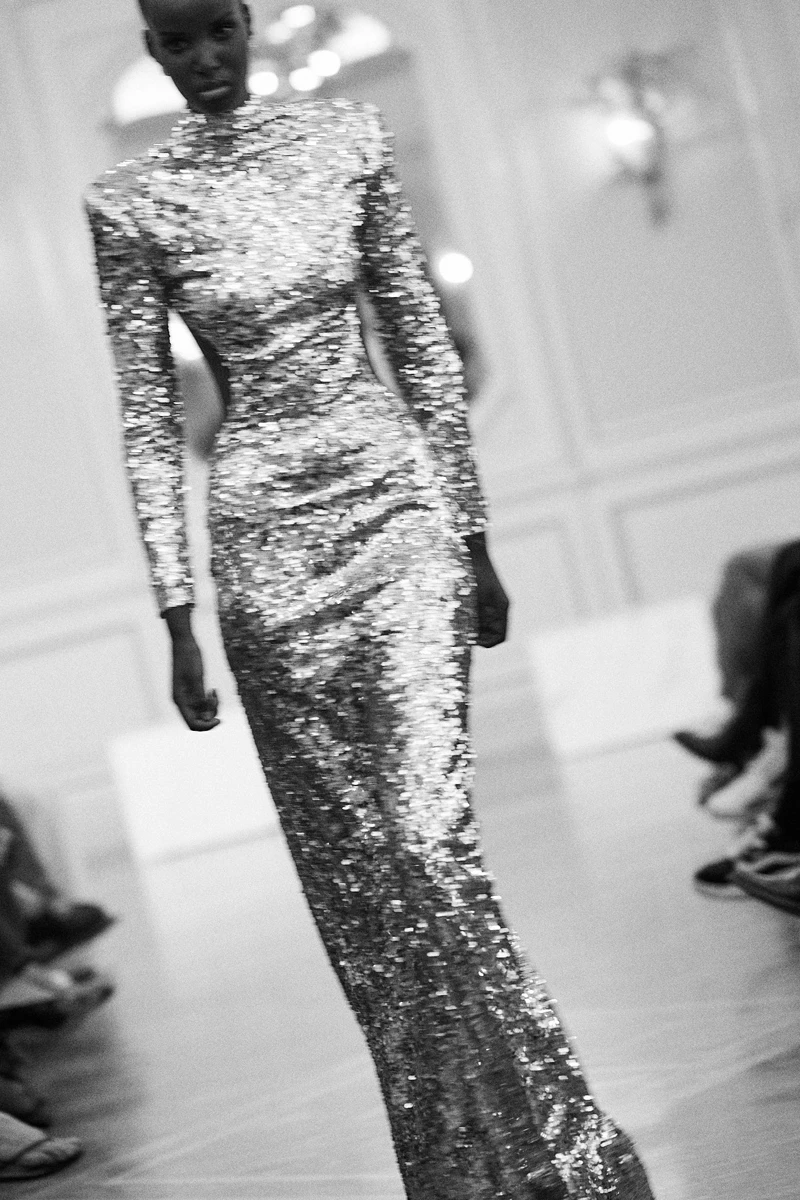
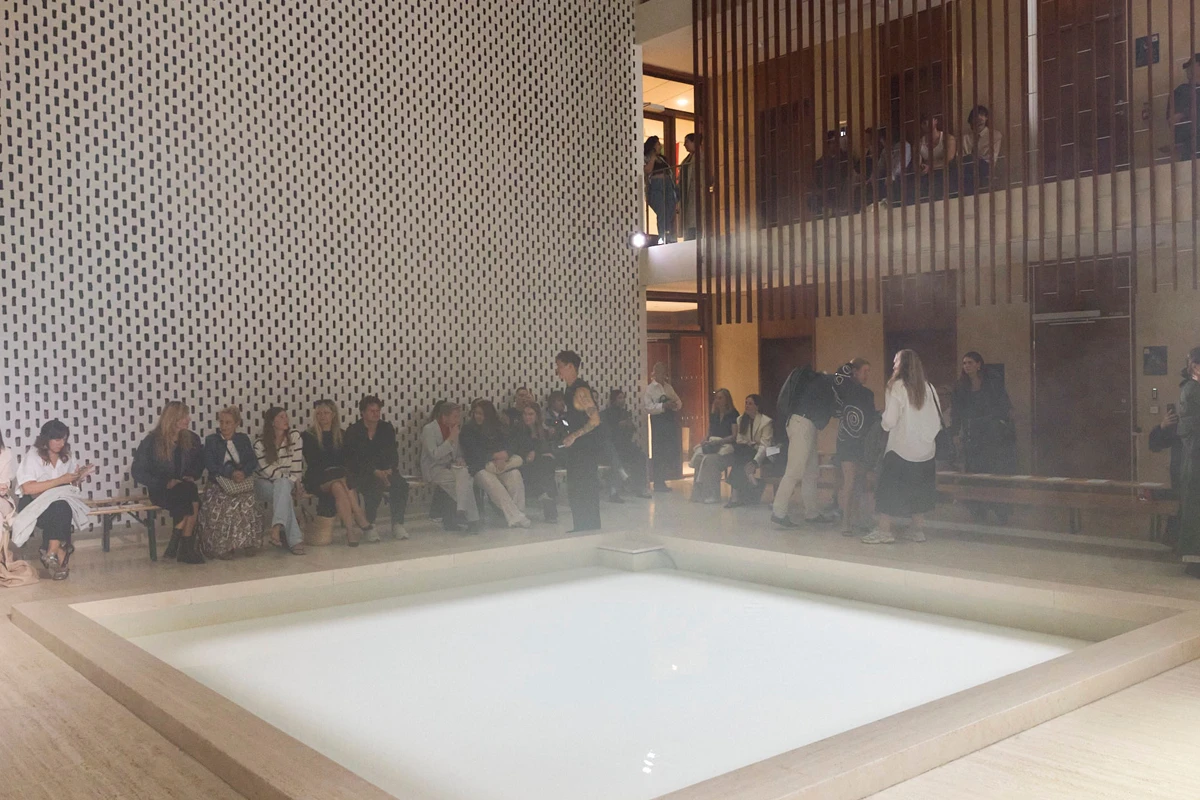
Anna Roos van Wijngaarden


